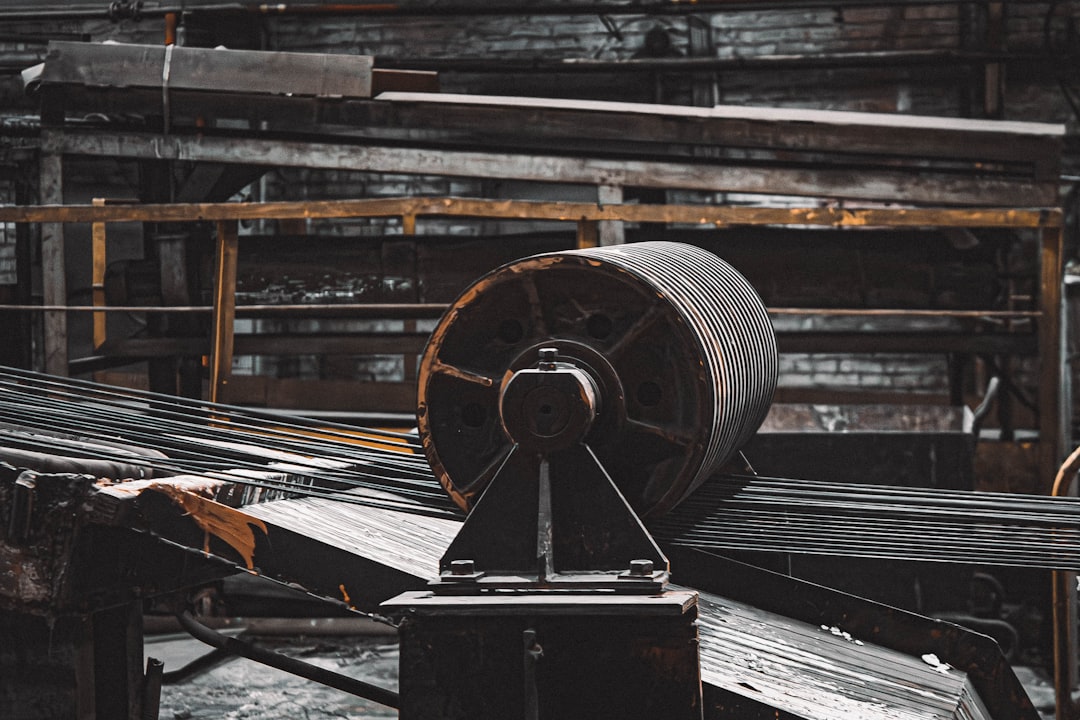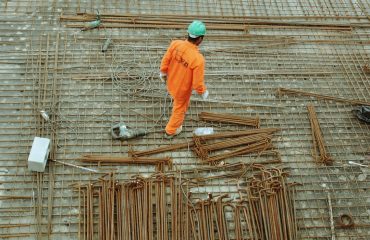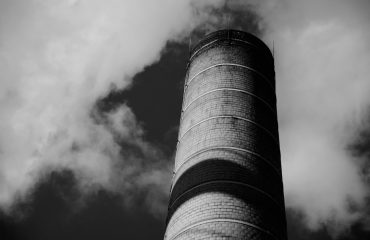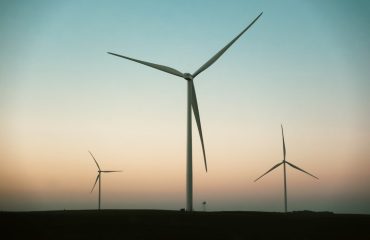The steel industry, a cornerstone of global infrastructure, has long been associated with significant environmental impacts. However, a revolution is underway, driven by a growing demand for sustainable materials and a commitment to reducing carbon emissions. This post delves into the exciting advancements in eco-friendly steel manufacturing, exploring the innovative technologies and practices shaping a greener future for this vital industry.
1. Minimizing Carbon Footprint: The Core of Green Steel Production
The primary environmental concern surrounding steel production is its substantial carbon footprint. Traditional blast furnace methods rely heavily on coal, a major contributor to greenhouse gas emissions. Eco-friendly steel manufacturing focuses on drastically reducing this footprint through several key strategies. These include:
- Hydrogen-based steelmaking: Replacing coal with hydrogen as a reducing agent in the steelmaking process eliminates direct CO2 emissions. While still in its development phase, hydrogen-based steelmaking holds immense promise for decarbonizing the industry. Challenges remain in scaling up hydrogen production using renewable energy sources and managing the high costs associated with this technology.
- Electric Arc Furnaces (EAFs): EAFs utilize electricity to melt scrap steel, significantly reducing CO2 emissions compared to blast furnaces. This method relies heavily on the availability of recycled steel, highlighting the importance of robust recycling infrastructure. The increased use of EAFs is a significant step towards a more sustainable steel industry.
- Carbon Capture, Utilization, and Storage (CCUS): CCUS technologies capture CO2 emissions from steel plants, preventing their release into the atmosphere. The captured CO2 can then be utilized in other industrial processes or stored underground. While effective, CCUS is currently expensive and requires significant infrastructure investment.
- Improved energy efficiency: Optimizing energy consumption throughout the steelmaking process, from raw material extraction to finished product, plays a crucial role in reducing the overall carbon footprint. This includes advancements in furnace design, process optimization, and waste heat recovery.
2. The Crucial Role of Steel Recycling in Green Manufacturing
Recycling steel is arguably the most immediate and impactful way to reduce the industry’s environmental impact. Using scrap steel in EAFs significantly reduces the energy required compared to using iron ore, leading to lower greenhouse gas emissions. A circular economy approach, where steel is continuously recycled, is essential for the long-term sustainability of the industry.
Efforts to enhance steel recycling include:
- Improved collection and sorting infrastructure: Efficient systems for collecting and sorting scrap steel are crucial for ensuring a consistent supply of high-quality recycled material for EAFs.
- Technological advancements in scrap processing: Innovations in shredding, separation, and cleaning technologies improve the quality and usability of recycled steel.
- Increased consumer awareness and participation: Educating consumers about the importance of steel recycling and providing convenient recycling options can significantly boost the amount of scrap steel available for reuse.
3. Sustainable Sourcing of Raw Materials: A Holistic Approach
Eco-friendly steel manufacturing extends beyond the production process itself. Sustainable sourcing of raw materials, such as iron ore and coal (where still used), is crucial for minimizing the overall environmental impact. This involves:
- Responsible mining practices: Minimizing land disturbance, reducing water consumption, and implementing effective waste management strategies are essential for environmentally responsible iron ore extraction.
- Using lower-carbon coal alternatives: Where coal is still necessary, transitioning to lower-carbon coal sources or exploring alternative reducing agents is crucial.
- Sustainable forestry management: Ensuring the sustainable sourcing of charcoal, where used, requires responsible forestry practices that protect biodiversity and prevent deforestation.
4. Water Management and Waste Reduction in Steel Plants
Steel production involves significant water consumption and waste generation. Eco-friendly practices focus on minimizing these impacts through:
- Closed-loop water systems: Recycling and reusing water within the steelmaking process reduces overall water consumption and minimizes the discharge of wastewater.
- Wastewater treatment: Implementing effective wastewater treatment technologies ensures that discharged water meets environmental standards and protects aquatic ecosystems.
- Waste minimization and recycling: Strategies for minimizing waste generation and maximizing the recycling of by-products and waste materials are crucial for reducing environmental impact.
- Dust and emission control: Implementing effective systems to control dust and other emissions reduces air pollution and protects the health of workers and surrounding communities.
5. The Future of Green Steel: Innovation and Collaboration
The transition to eco-friendly steel manufacturing is an ongoing process that requires continuous innovation and collaboration across the entire value chain. Future advancements include:
- Further development of hydrogen-based steelmaking: Research and development efforts are focused on making hydrogen-based steelmaking more efficient, cost-effective, and scalable.
- Advances in carbon capture and storage technologies: Improving the efficiency and reducing the cost of CCUS technologies is essential for wider adoption.
- Increased use of renewable energy sources: Powering steel plants with renewable energy sources, such as solar and wind power, significantly reduces their carbon footprint.
- Industry collaboration and policy support: Collaboration between steel producers, researchers, policymakers, and other stakeholders is crucial for accelerating the transition to a sustainable steel industry.
The journey towards eco-friendly steel manufacturing is challenging but essential. By embracing innovative technologies, sustainable practices, and a commitment to collaboration, the steel industry can forge a greener future for itself and the planet.
Tags: eco-friendly steel, green steel, sustainable steel manufacturing, steel recycling, carbon neutral steel




